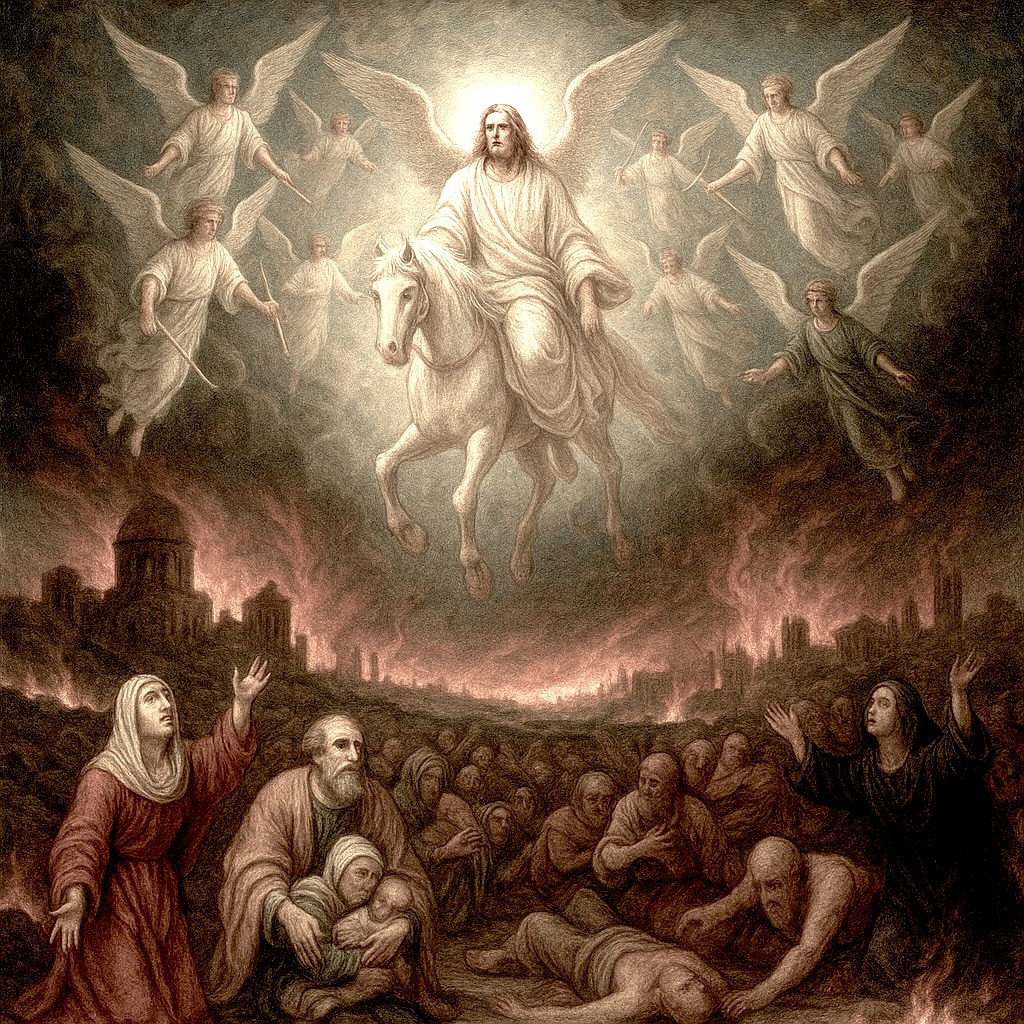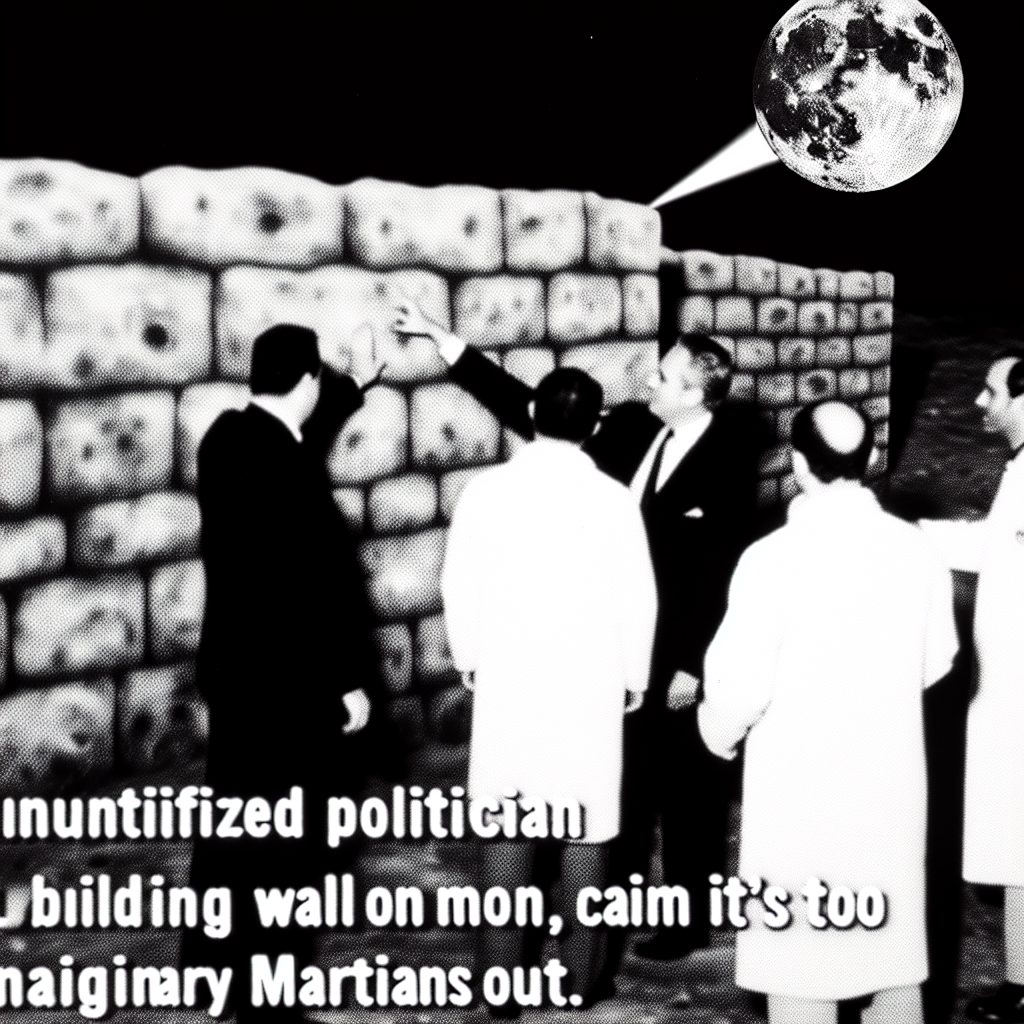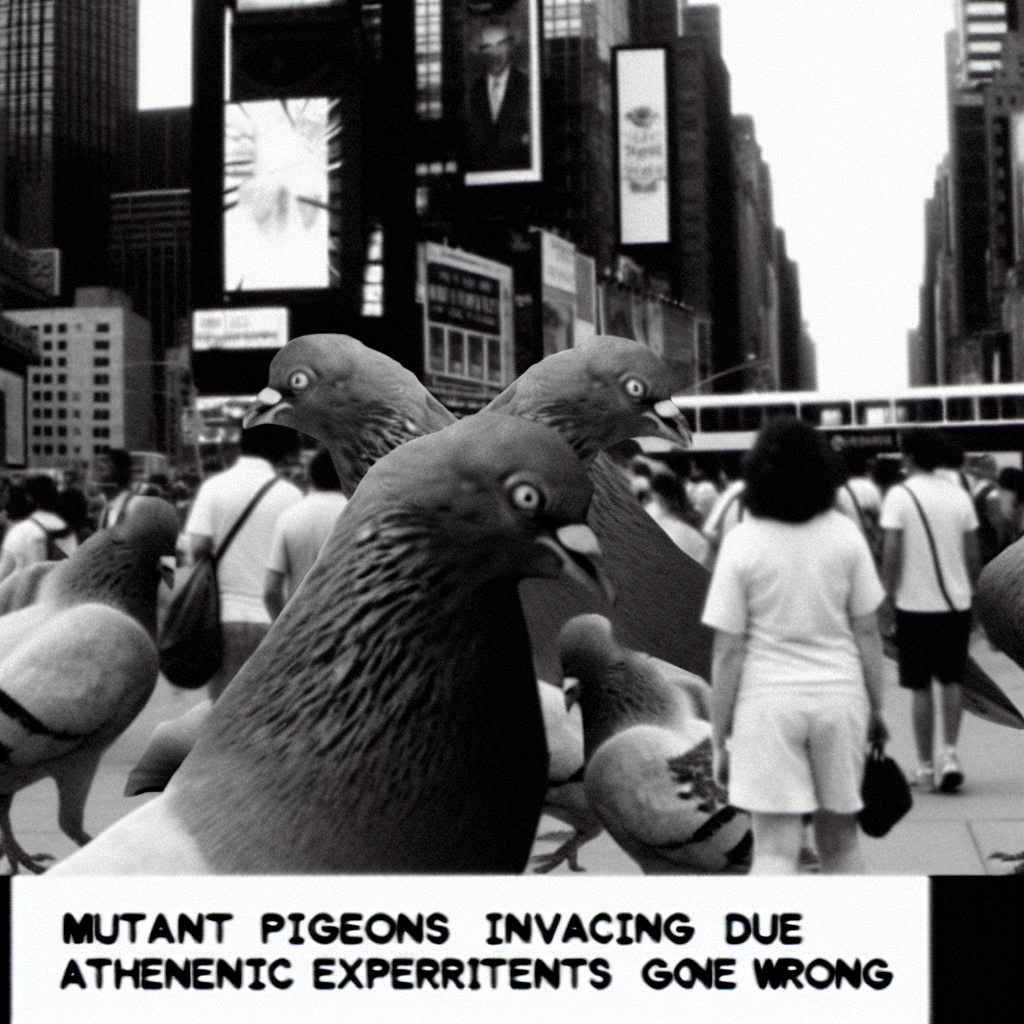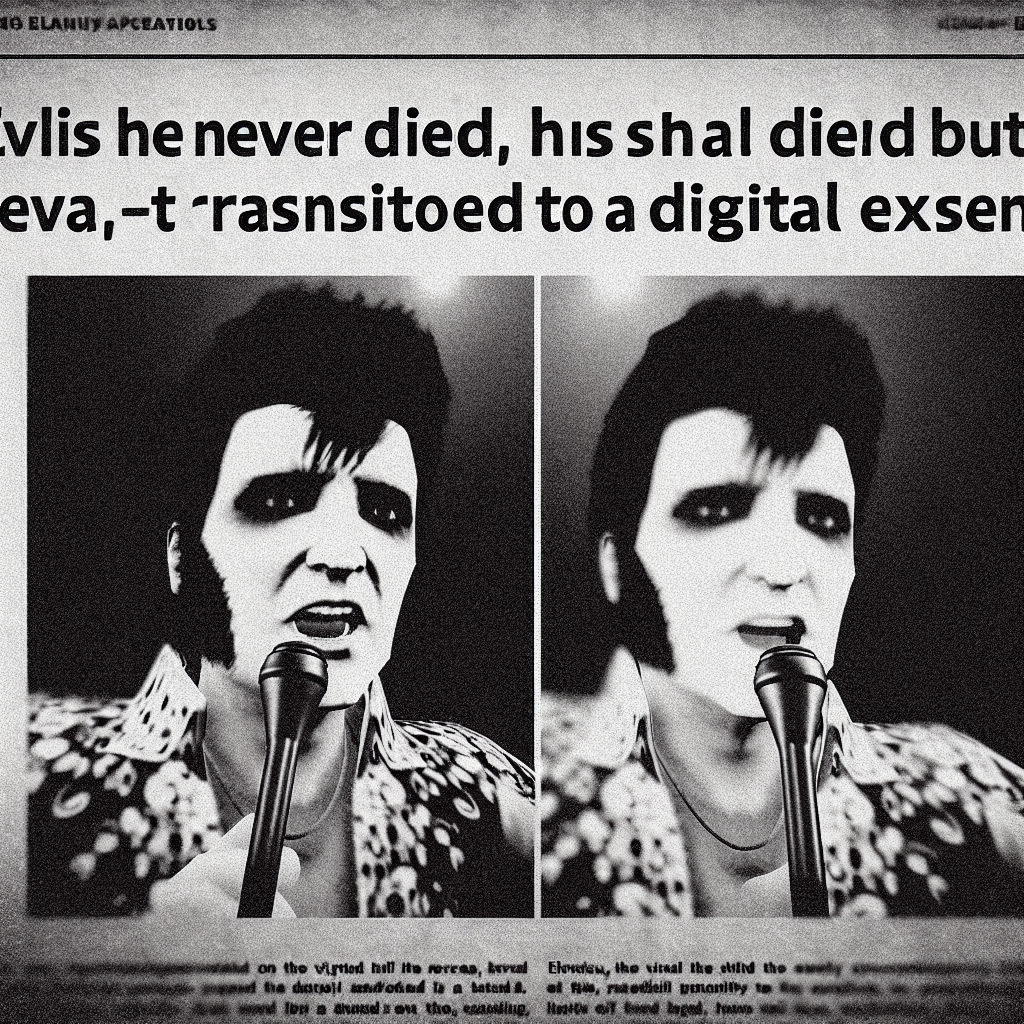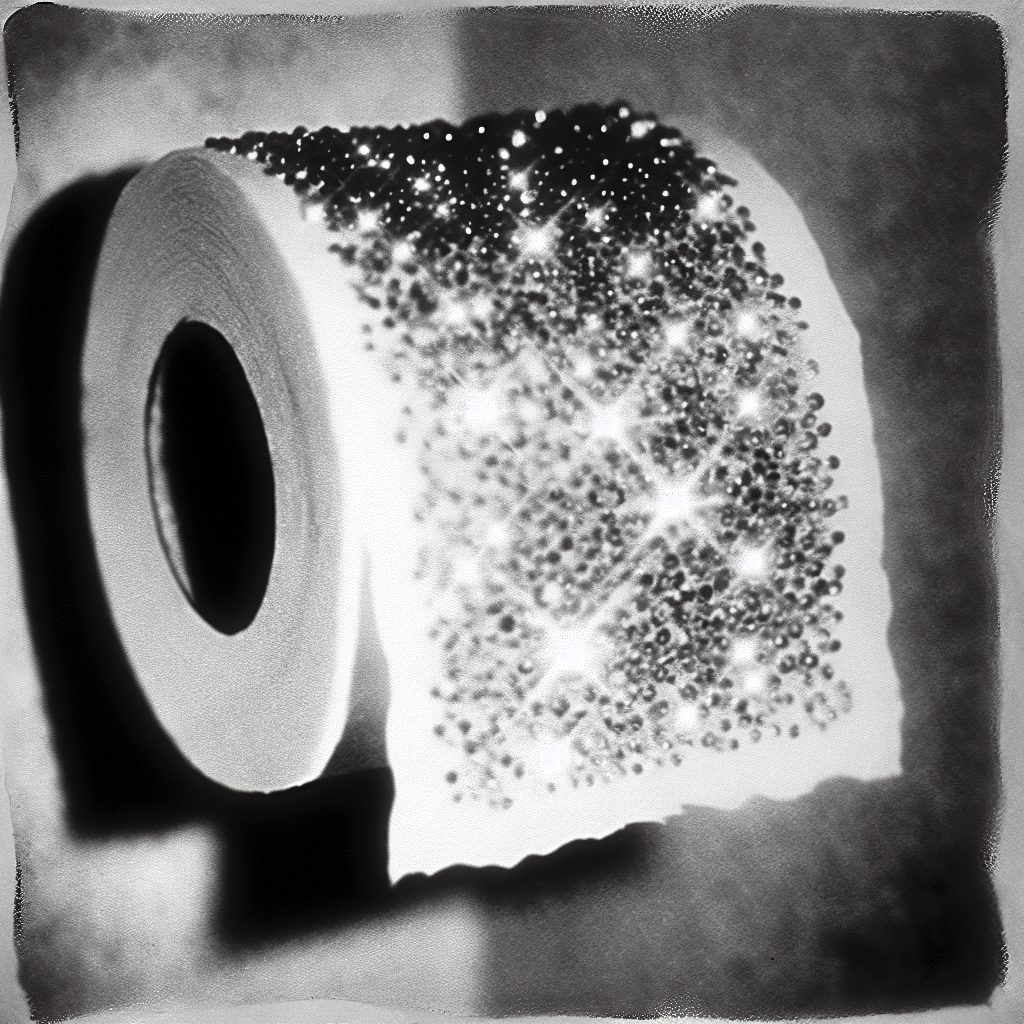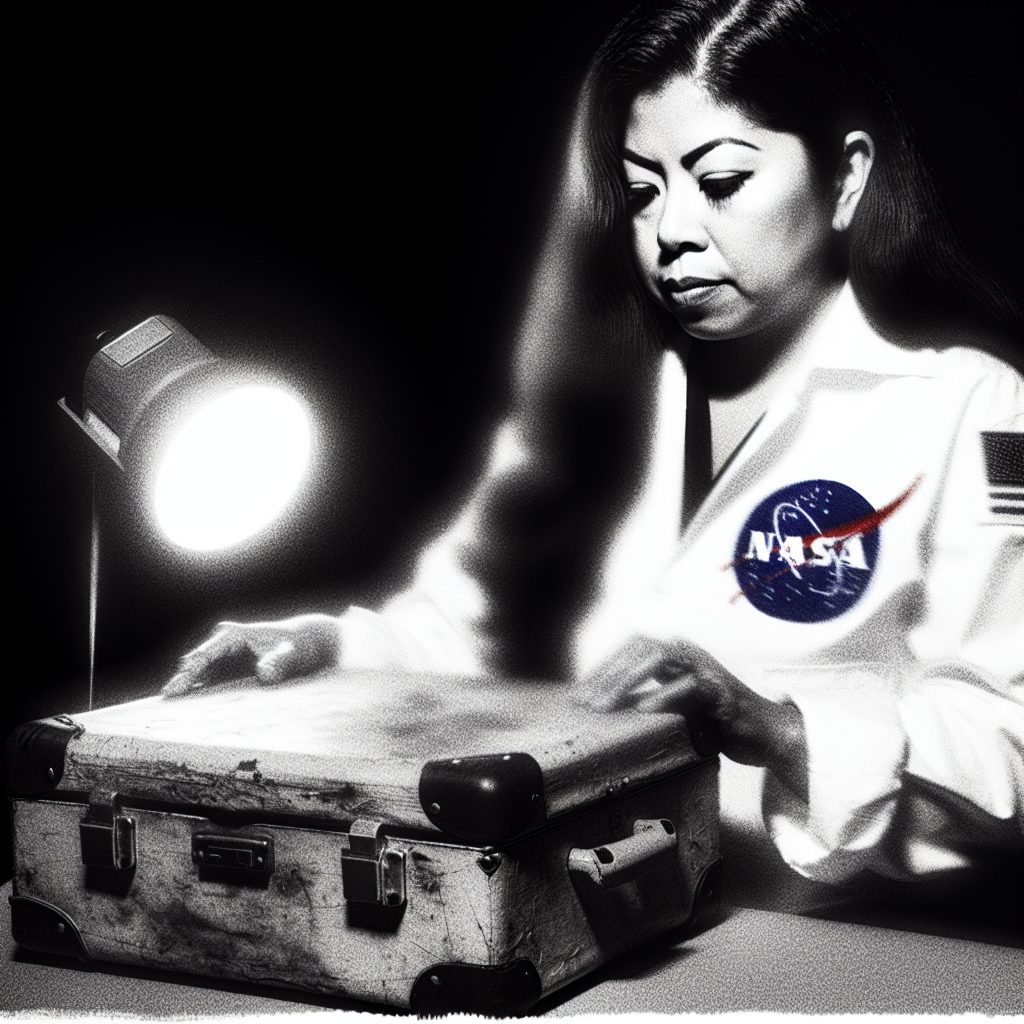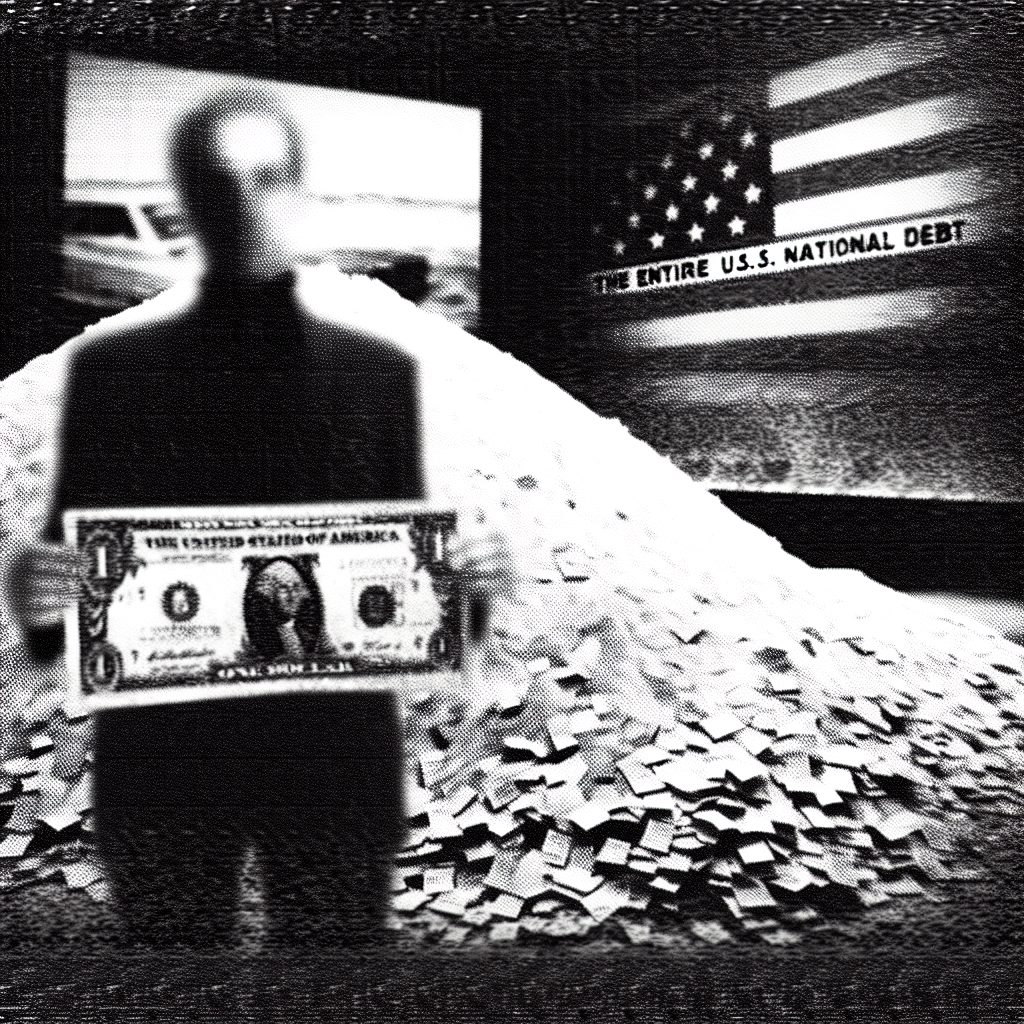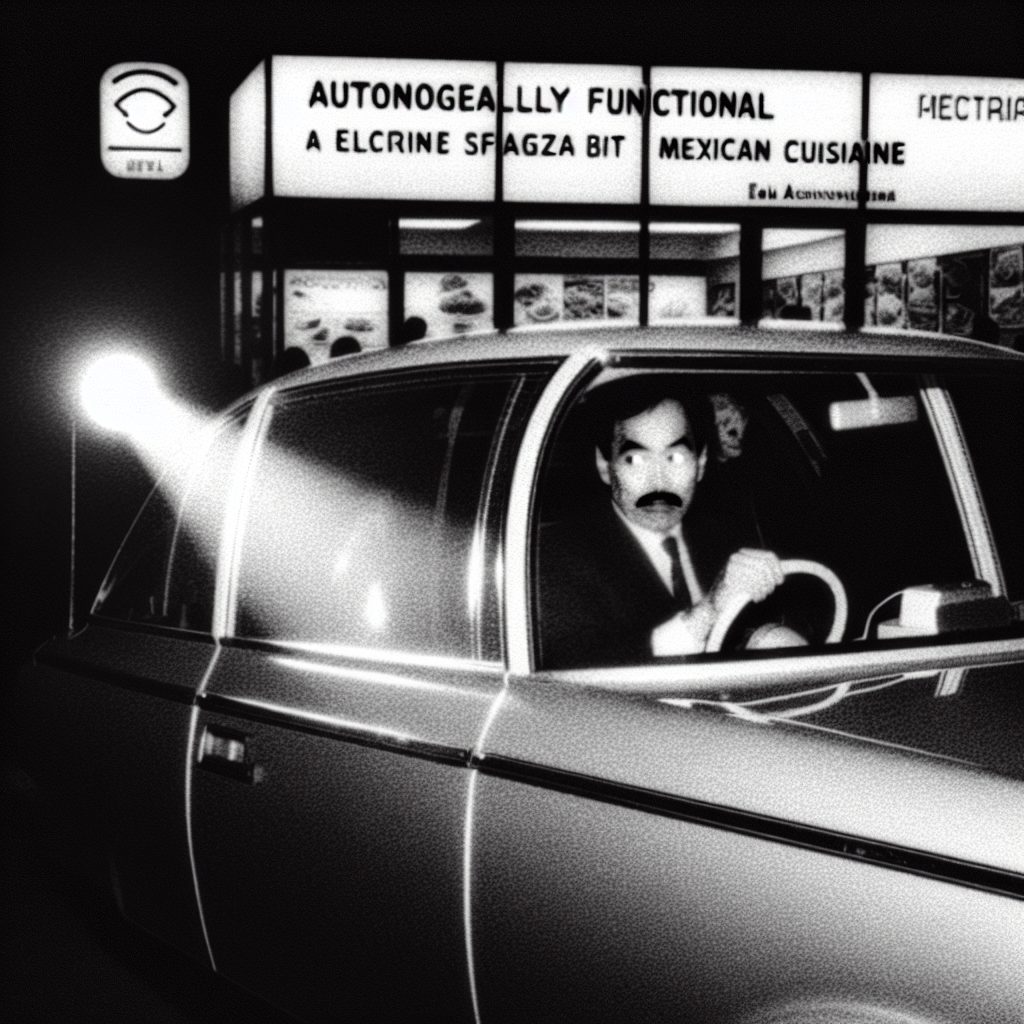NEW TREND: CRYSTAL-ENCRUSTED LUXURY TOILET PAPER
Celebrities swear it’s worth $1,000 a sheet, critics say it’s just rough glitter.
BEVERLY HILLS, CA – The ultra-wealthy have found their newest obsession, and it’s making bathroom breaks more expensive than luxury cars. Sources close to Hollywood’s elite reveal that crystal-encrusted toilet paper, dubbed “Diamond Wipe” by its mysterious manufacturer, has become the must-have status symbol among celebrities, tech moguls, and oil barons willing to pay astronomical prices for what critics are calling “overpriced sandpaper.”
The shocking trend allegedly began when an unnamed A-list actress discovered the product through an encrypted message on a private luxury goods forum accessible only to those with net worths exceeding $100 million. Within weeks, whispers of the exclusive bathroom accessory spread through invitation-only parties in the Hollywood Hills, Manhattan penthouses, and private yacht clubs worldwide.
“I witnessed it firsthand at a party in Malibu,” claims former celebrity assistant Miranda Blackstone, who worked for multiple high-profile clients before going public with her explosive revelations. “They had a bathroom attendant whose only job was to count out single sheets of this glittery toilet paper. I saw guests taking photos of themselves just holding it. One reality TV star actually framed a unused sheet and hung it in her powder room.”
The product itself appears to be standard luxury toilet paper embedded with what the company claims are “genuine Swarovski crystals and rare earth minerals.” However, industry insiders suggest something far more sinister may be at play. The manufacturing process remains shrouded in secrecy, with the company operating from an undisclosed location and accepting payment only through cryptocurrency or precious metals.
Dr. Reginald Pemberton, a luxury goods analyst who has studied extreme wealth consumption patterns for over two decades, believes the trend represents something deeper than mere extravagance. “This isn’t just about money anymore – it’s about exclusivity taken to an almost ritualistic extreme,” Pemberton explains. “When you’re spending $1,000 per sheet on toilet paper, you’ve moved beyond rational luxury consumption into territory that borders on the occult. I suspect there are psychological manipulation techniques at work here that we don’t fully understand.”
The crystal toilet paper allegedly comes with a team of “bathroom consultants” who install specialized dispensers crafted from rare woods and metals. These consultants, according to leaked documents, undergo extensive background checks and sign non-disclosure agreements that reportedly include penalties exceeding $10 million for violations.
Even more disturbing are reports of a waiting list system that seems to operate on principles beyond simple wealth. Sources suggest that potential customers must provide detailed personal information, including birth charts, blood type, and family genealogies dating back seven generations. Some applicants reportedly wait years for approval, while others with seemingly identical qualifications are rejected without explanation.
The environmental impact has drawn sharp criticism from luxury sustainability experts, who point out that the mining required for the crystals and rare earth minerals allegedly causes more ecological damage per sheet than most people generate in an entire year. Underground environmental groups have begun targeting shipments, though the company’s security measures reportedly involve former intelligence operatives.
Perhaps most shocking of all are the health complaints beginning to surface among early adopters. At least seventeen users have reportedly sought medical attention for what doctors are calling “crystal abrasion syndrome,” though all victims have declined to speak publicly, citing legal concerns.
The company behind Diamond Wipe remains completely anonymous, with financial analysts unable to trace ownership through multiple shell corporations registered in countries with strict banking privacy laws. Some conspiracy theorists suggest the operation may be a front for money laundering or worse, pointing to the product’s rapid adoption among individuals already under federal investigation.
The characters and events depicted in this story are entirely fictitious. Any similarity to real persons, living or dead, or to actual events is unintentional and purely coincidental.


